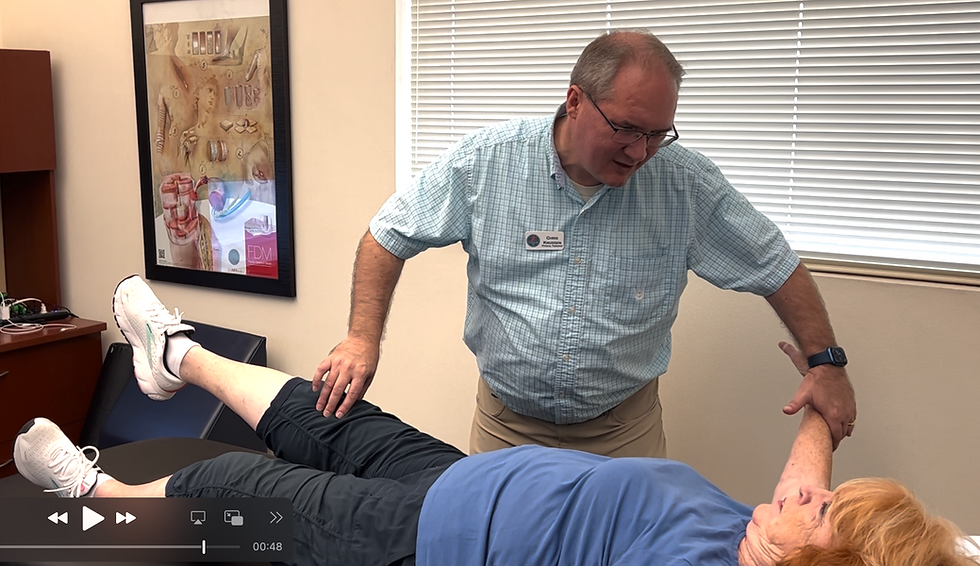What is Fascia?
- muscleiq2
- May 7, 2022
- 2 min read
At Muscle IQ Physical Therapy we are the Fascia Experts. If you have pain somewhere in your body chances are the pain is coming from your fascia. This video is a brief introduction to fascia and was made specifically for our new patients. It shows what fascia looks like in real life.
The most popular use of the word fascia in the real world is when someone has foot pain and their doctor tells them they have plantar fasciitis. Everyone has heard of plantar fasciitis. Many people assume that fascia only exists on the bottom of your feet. Actually, though, fascia is everywhere in your body. It can be the cause of a lot of pain, and not just your feet. Another bit of information that is not so widely known is that the fascia that probably causes the most pain for humans is the thoracolumbar fascia.
This fascia is one of the thickest layers of fascia in the whole body. It is a sheet of connective tissue that covers the entire mid back and lower back, running from the shoulder blades down to the back side of your hip bones (iliac crests).
Thoraco lumbar fascia does not show up on MRI, CAT scans, or X-rays. Some researchers now believe the thoraco lumbar fascia could be the single biggest culprit in mechanical low back pain. You can read a lot about the thoracolumbar fascia, but a picture is worth a thousand words.
The best way to treat fascia is with a technique called the Fascial Distortion Model. The Fascial Distortion Model is the best method for identifying and treating your pain, whether it was caused by an accidents or overuse injury. It should be a main staple found in every physical therapy clinic. Fascia can be the cause of your low back pain, neck pain, and all other areas, and when treated properly can lead to faster recovery. It is the perfect model to follow for anyone using manual therapy to help patients return to an active life.
By means of body language and pain description the therapist is immediately in the position to pinpoint the problem and help the patient with manual techniques. FDM is especially suitable for pain within the musculoskeletal system. Now, many "known" therapy-resistant conditions (chronic pain patients) can be successfully treated with FDM. Due to the quick therapy success, FDM has become very popular among athletes. Presently FDM is the fastest growing form of therapy in Europe. Thanks to FDM, patients stooped over from chronic back pain now stand straight, and athletes sidelined with sprains quickly return to the game and perform as if nothing happened
To learn more visit https://www.muscleiq.com/fascial-distortion-model or give us a call at 801-310-0851 to talk to one of our Fascia Experts.





Comments